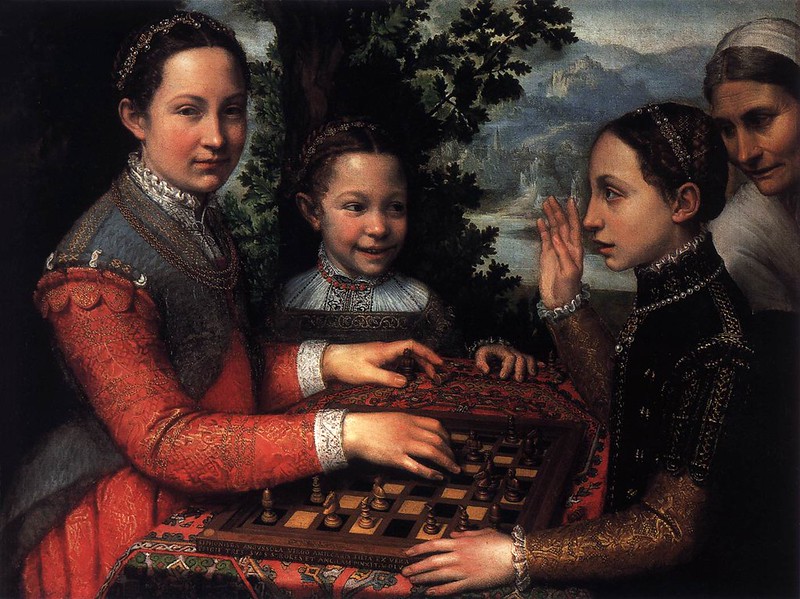What Drives the Feminist Movement in India
To understand the importance of feminism in India, one must look at the historical context of the struggle for basic ‘human’ rights that women have had to face. One of the biggest challenges facing the advocacy of women’s rights has been to acknowledge that, in India specifically, there are a few hierarchal systems in play. Firstly, the caste system still divides the country into distinct classes and the concept of feminism in Indian society has often been considered to only represent the ideals and concerns of upper-caste (read upper-class) women, rather that the very real, urgent needs, facing underprivileged women. Secondly, the patriarchy still oversees many of the fundamental social structures across the country, including the judiciary, government social services, and education. Thirdly, theology plays a role in the lack of empowerment for women: feminism in Hinduism and Islam are distinctly different in scope and impact on society across India. For India to see an increase in gender equality, feminism must be intersectional. Complicity in the caste system while claiming feminist intentions is not feminism, nor does it help the millions of oppressed women in India.
Feminism in India – Some Historical Context
There has been some criticism that the notion of feminism was started in India by men and later adopted by women; firstly, by those immediately affected by changes such as education and access to health services, and then carried to the nation by women’s leaders. While colonialism certainly gave rise to the abolishment of some practices like sati (immolation of widows), outlawing child marriage, and allowing women the right to basic education, it was only after Independence on a wave of nationalism, that women’s rights became more important and more significant to more women.
Female Leadership in India
India has produced trailblazers in several different fields, many of them women, and there is no doubt that in India, women can, under the right circumstances, become leaders, politicians, and advocates for social change. During the colonial era, several states were ruled by women. Under the leadership of Mahatma Ghandi, the rights of women were expanded, especially as it served his cause and fight for independence through civil disobedience. Though many of the early changes and reforms were implemented by men, the concept of feminism has been aligned strongly with the rise in nationalism and the fight for independence from Britain. The rise of nationalism meant the rise of women’s rights, more importantly the increased equality for working-class women. Post-independence saw the election of Indira Ghandi as India’s first female Prime Minister of India, well ahead of countries like Israel, the United Kingdom, Iceland, and Norway. As the daughter and only child of India’s first prime Minister, Jawaharial Nehru, she was groomed for politics at a young age.

Only on Paper – Legal Rights of Women in India
While feminism may have been around for decades in India, it seems the law is slow to follow. It was only in 2014 that a court in Mumbai decided that a husband insisting on a woman wearing a traditional sari amounted to ‘cruelty inflicted by the husband’. Despite the passing of several laws, they often remain, ‘on-paper’ only, seldom enforced, and culturally and socially not accepted en masse.
India: Technology Helps Feminism
Scholars and Indian feminists have sometimes been critical of the western influence in India and the inability of ‘western feminism’ to consider the complexities of society, culture, and history in an Indian context. However, the rapid advancement of technology, social media, and millennial trends may have allowed a cross-over of sorts. In 2003, the Blank Noise Project led the protest against eve-teasing, and in 2009 the Pink Chaddi movement stood up against moral policing. Why Loiter, and Bekhauf Azadi had immense success across large swathes of Indian society and more recently, the #MeToo movement has had an immense impact on young women in India. The advances in technology and ease of access to technology in India have given many more women a platform and access to information about their rights.




